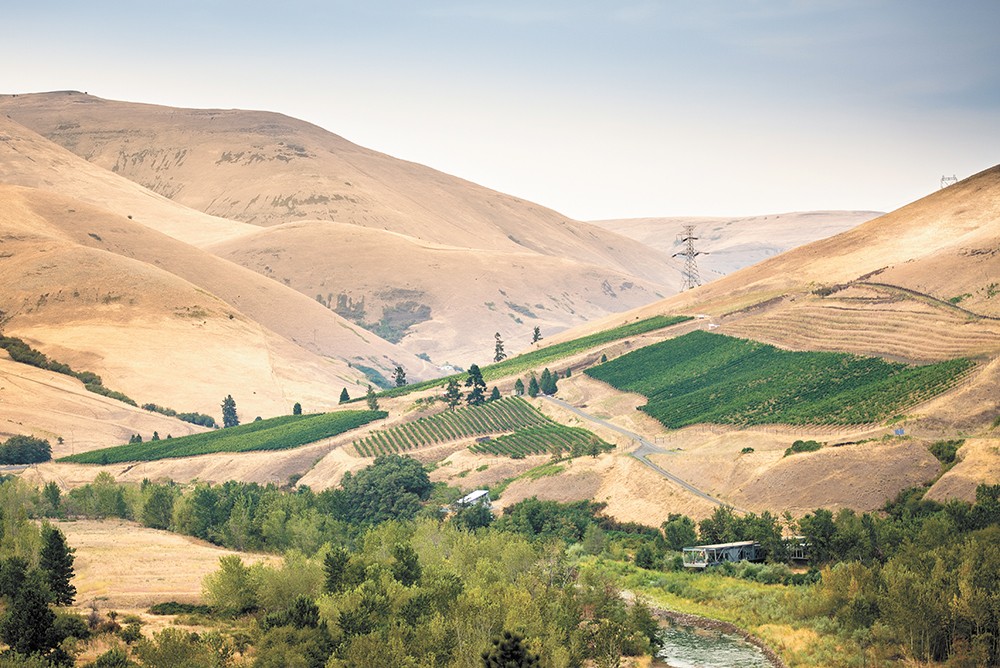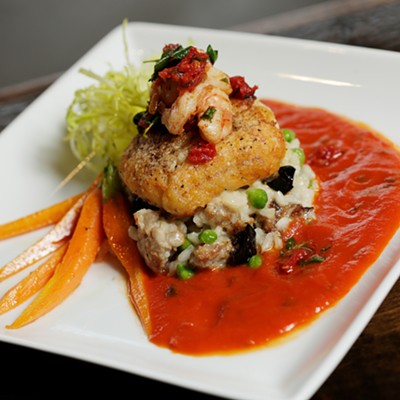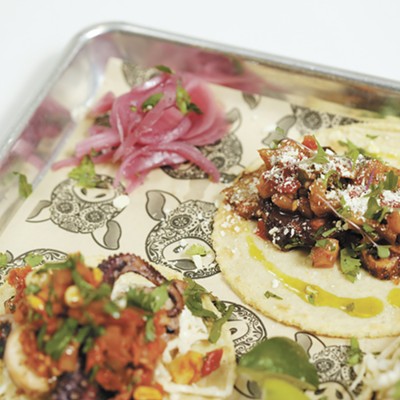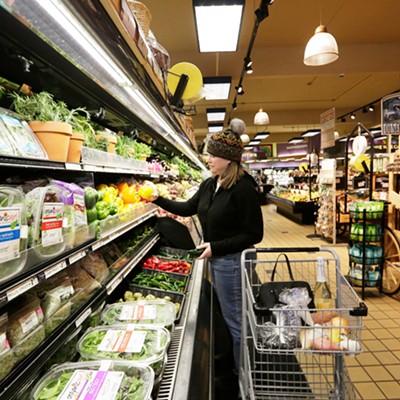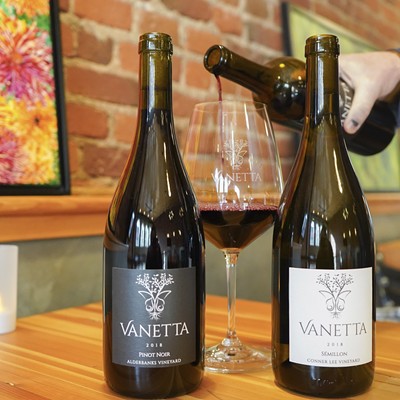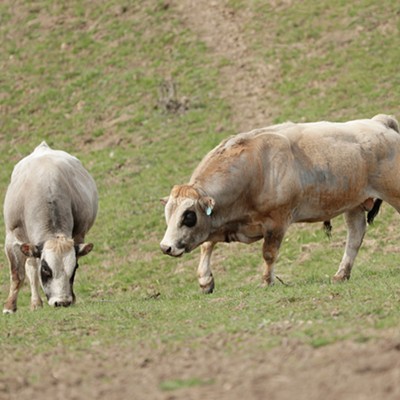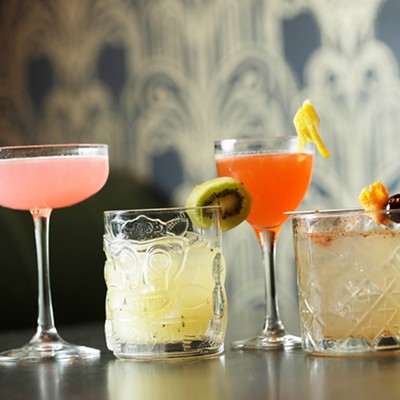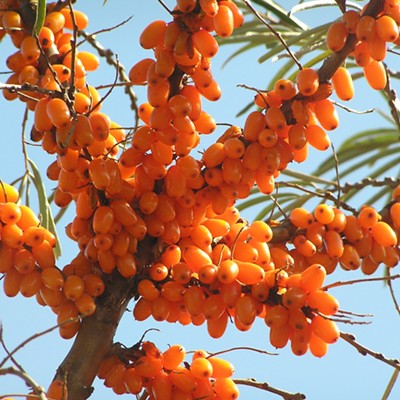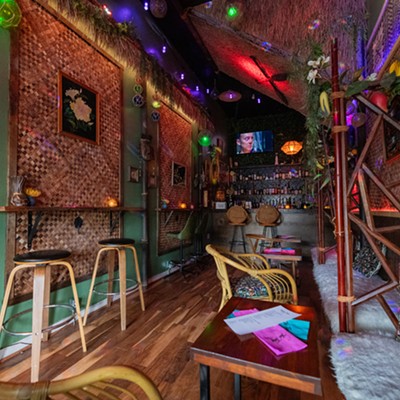In the steep, narrow canyons of the Lewis-Clark Valley, cold air slides downhill along the ground, draining low enough and fast enough to protect grapevines from disease and frost.
Producers in the region are aware that few people expect wine from Idaho, but that hasn't stopped them from winning awards over the years. With 81 acres of grapes in 16 vineyards and the potential for many more, growers and economic developers await federal designation as an American Viticultural Area — a distinction that could open the door to more grapes and more money in the region.
Grape growers have a long and interrupted history in the valley. Lewiston housed the first vineyards in all of Idaho in the 1860s. In 1872, a French immigrant farmer named Louis Delsol imported grape cuttings and set up a vineyard on two acres, where he produced the first of Lewiston's wines, according to Nez Perce County Historical Society documents.
"This was kind of the heart of grape growing in the Northwest," says Melissa Sanborn of Colter's Creek Vineyard and Winery in Juliaetta, Idaho. 'Then it sort of died off."
During Prohibition, growers uprooted vines and planted fruit orchards. Wine grapes didn't return to the state until the 1970s, but this time the industry grew in the Snake River Valley near Boise before returning to Lewiston. Across the border, vineyards in Clarkston that are characteristically distinct from those in Walla Walla thrive again after about 100 years of dormant industry.
Growers like Sanborn think designating the Lewis-Clark Valley AVA will help the region realize its potential. Granted by the Alcohol and Tobacco Tax and Trade Bureau, AVAs are selected based on distinguishing features and clear boundaries.
Once an area is officially named, wineries there can take advantage of special bottle labels that highlight the origin of their grapes and promote the region.
In Lewiston, the process began in 2009 and included local vineyards, the Idaho Wine Commission and the Clearwater Economic Development Association. Designation seems certain but won't be official until early 2016, Sanborn says.
"We're keeping our fingers crossed it doesn't go too far past winter," she says. "People start bottling after the first of the year through spring. Once the AVA is approved, we can label everything. Everyone wants to cash in on that label."
Deb Smith, a CEDA economic development specialist, says a growing wine industry in the region draws tourists with growers and winemakers. That means more jobs and money pouring into the local economy. With the right attention, growth could happen soon, she says.
"I can't wait for 10 years down the road to see where we're at," Smith says. "I expect by May 2017 that we will see a couple new vineyards, potentially a new winery and definitely an increase in tourism."
The proposed AVA would annex part of an area in Washington that includes Clarkston. It requests that the 11-million-acre Columbia Valley AVA shrink by 57,019 acres, which, in part, houses Basalt Cellars Winery.
While he's on board now, Basalt Cellars co-owner Rick Wasem says he wasn't involved in initial discussions that will likely result in his altered AVA membership. He proposed expanding or overlapping with the Columbia Valley. That doesn't stop him from thinking the Lewis-Clark Valley deserves recognition.
"There's good fruit being produced and more vineyards going in," he says.
A trained geologist, Wasem understands the details that distinguish his grapes and, subsequently, his wine. In this summer's heat, Basalt's grapes grew thicker skin to retain water, which contributed to more concentrated flavors and colors, he says. Smaller berries allowed for open clusters, giving each grape an equal chance for even sun and color. More than an aesthetic, these factors add and protect flavor of the wine made from these grapes, he says.
Generally, the more than 300,000 acres included in the Lewis-Clark Valley AVA share distinguishing features like a temperate climate, steep slopes, and similar elevation, but some elements aren't uniform.
Wasem says a vineyard within view of his accumulates about twice as much rain and has temperatures about five degrees cooler. These microclimates present possibilities for growing different grapes that local winemakers would benefit from.
To Sanborn, this is the true potential of the region. Colter's Creek Winery supplements their grapes with some that grow in southern Idaho, but wants to make wine that's completely from the Lewis-Clark Valley. For that, Sanborn needs more growers who may be able to grow varieties she doesn't. While her vineyard may be too hot for Chardonnay, she thinks it would grow well at a site 10 miles away.
"I haven't come across a growing area like it," Sanborn says of the valley. "It's pretty remarkable. Everyone thinks Idaho is cold. ... We're at the lowest point in the state and one of the hottest points in the state. It's this little nook tucked in the Idaho-Washington border. The wines from here — I can taste it in them." ♦

